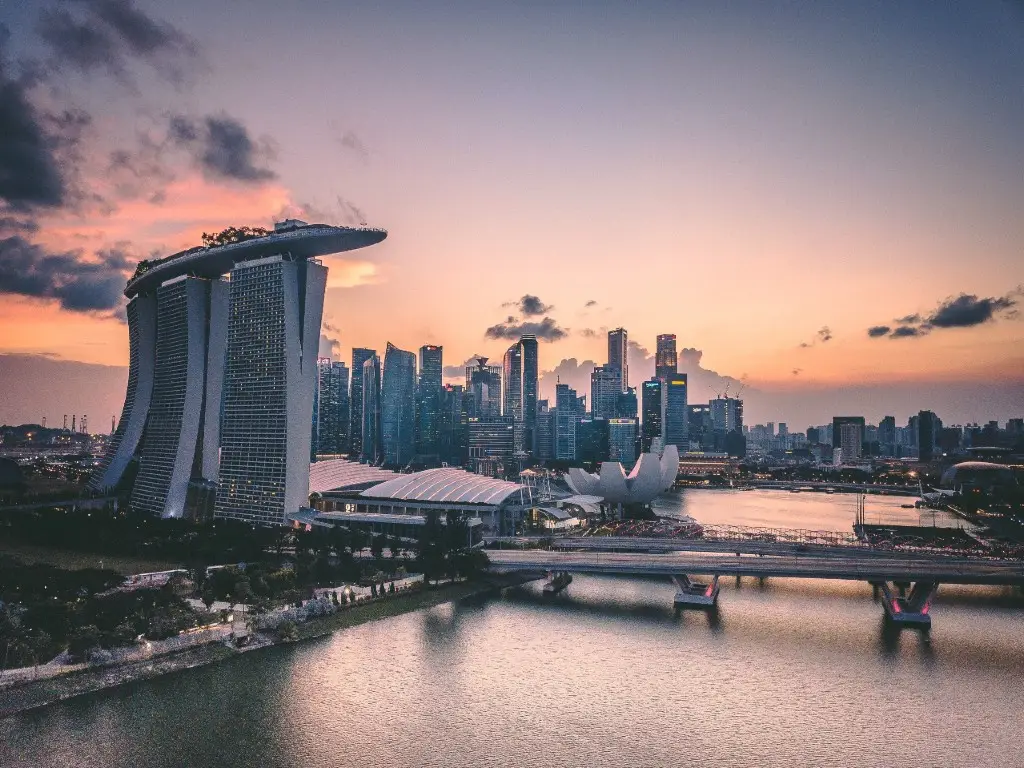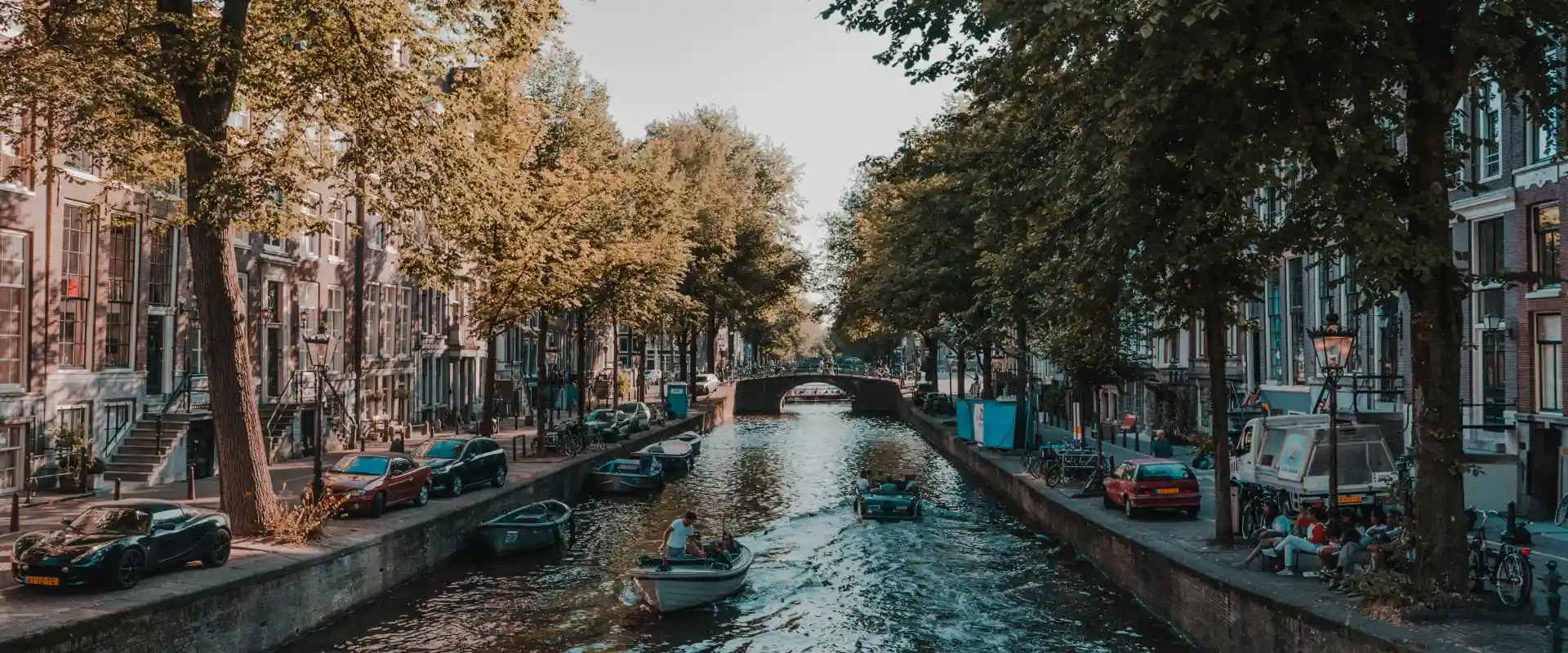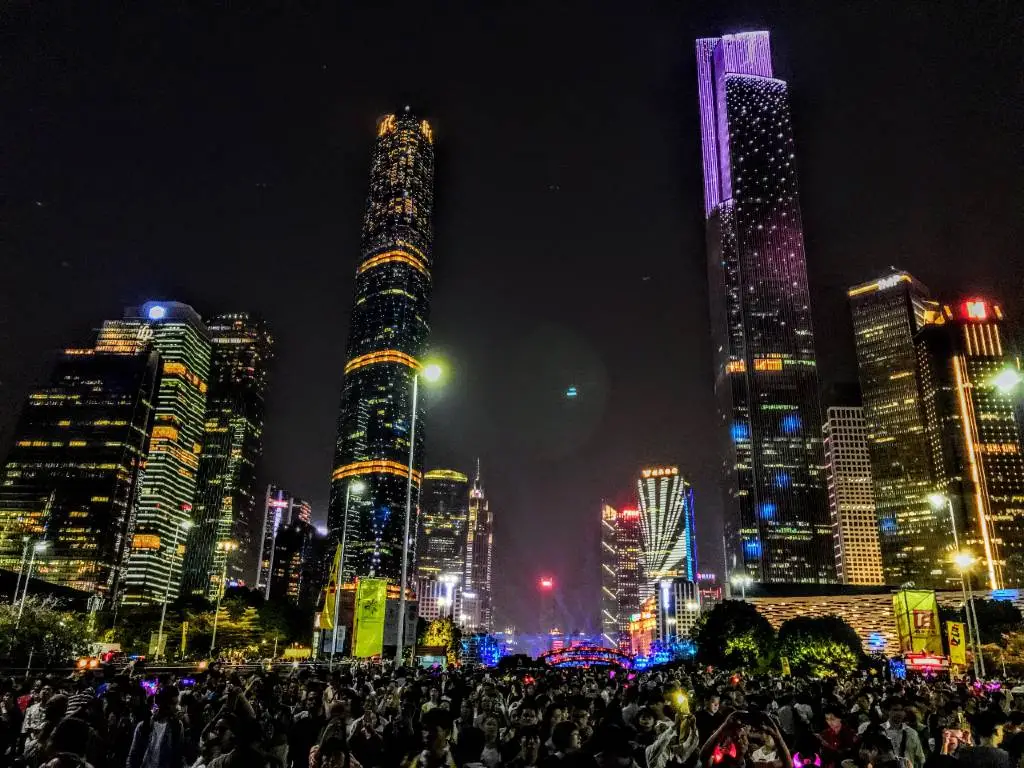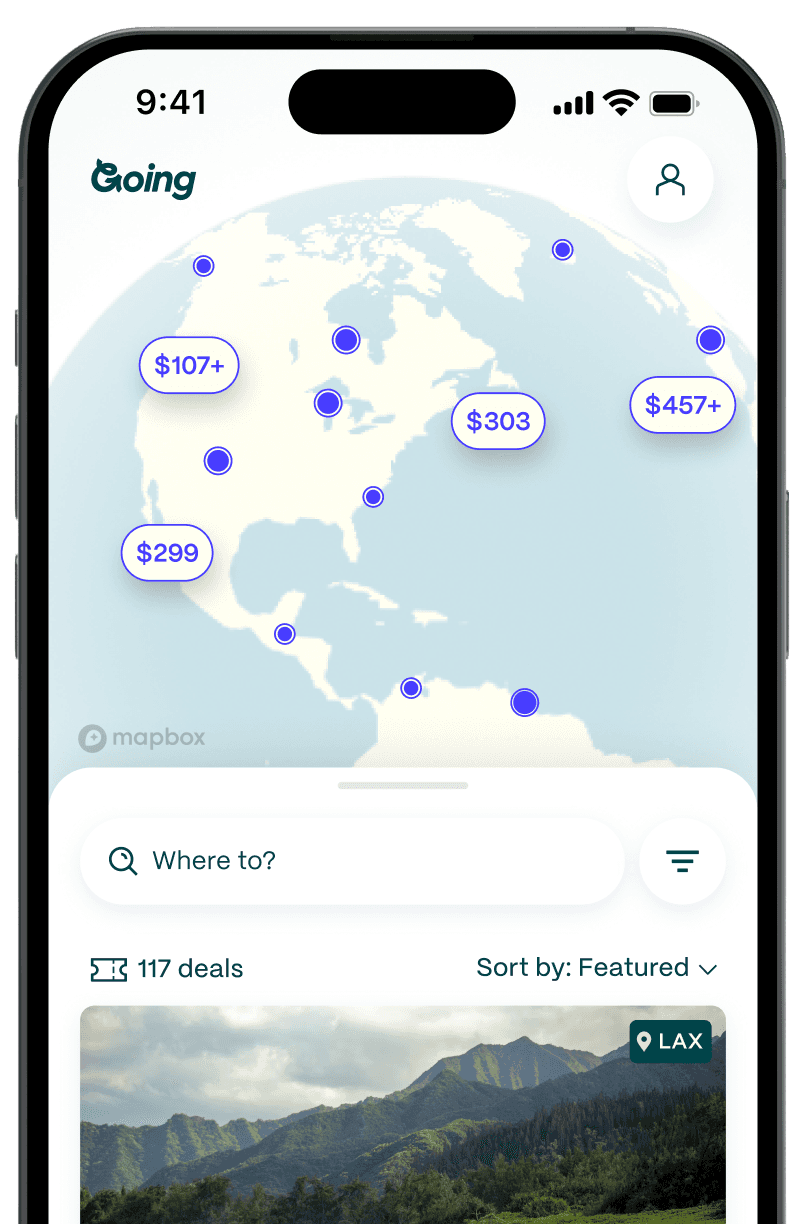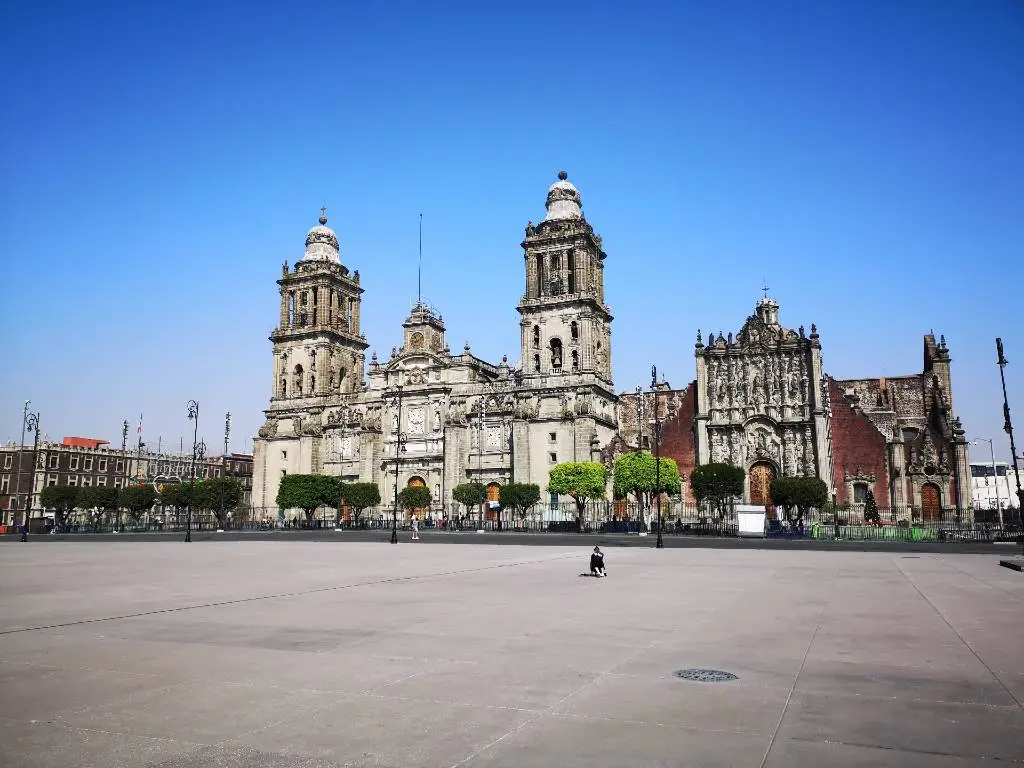
Layover Guide to Mexico City: Make the Most of Your Trip!
Table of Contents
Key takeaways
- Mexico City (CDMX) offers a mix of modern, historical, and artistic attractions, with lush neighborhoods, world-class museums, and vibrant food scenes. It's best to plan your layover activities in advance, as the city has a lot to explore in a short time.
- For international-to-domestic or international-to-international connections, plan for a two-hour minimum layover, with potential time needed for terminal transfers. If you want to explore the city, ensure you have at least eight hours, factoring in traffic and airport procedures.
- Uber is the most convenient and affordable mode of transport when visiting the city center on a layover, while the city's street food—especially tacos al pastor and chargrilled corn—offers a taste of local culture. For a more upscale experience, visit renowned restaurants like Pujol and Quintonil.
- With Going membership plans, you can get real-time alerts as soon as prices drop for domestic and international flights, even ones that route through Mexico City. That way, you know you're getting the some of the cheapest flights every time.
Mexico City has been on many travelers’ radar for the past few years, and with good reason. Urban, artsy, historic, and modern all at once, this is a city of contrasts and organized chaos. The megalopolis experienced a branding makeover in 2016 and the 16 boroughs once referred to as the Distrito Federal are now the Ciudad de México, shortened to CDMX.
Being such a sprawling metropolis, Mexico City has many sights for visitors to explore during a layover, but it’s best to decide what to see in advance and stick to the plan. With world-class museums, trendy neighborhoods lined with trees, restaurants and bars, Mexico City goes beyond every traveler’s expectation. For one thing, it’s greener than it’s given credit for. Whether it’s your first visit or you’re a repeat traveler to the Mexican capital, CDMX’s neighborhoods pack quite a punch and you’ll be able to see a myriad interesting things condensed in just a few hours.
- VISA REQUIRED: No
- MINIMUM CONNECTION TIME, INTERNATIONAL TO DOMESTIC: 2 hours
- MINIMUM CONNECTION TIME, INTERNATIONAL TO INTERNATIONAL: 2 hours
- MINIMUM CONNECTION TIME TO LEAVE THE AIRPORT: 8 hours
Visa info for Mexico
US passport holders can stay visa free up to 180 days. The same is true for citizens of Canada, the UK, Schengen countries, and Japan, among others.
Minimum layover times in Mexico City
To make an international to domestic connection: 2 hours
There are two terminals in Mexico City and they both operate domestic and international flights. If you’re flying in from the US, deplaning in Mexico City and boarding another flight to, say, Oaxaca, you’ll need to pick up your luggage and take it to the next flight, as well as go through customs in Mexico City.
Should you need to change terminals, you can take the Aerotrén, which takes about 30 minutes to get from one terminal to another (it’s only minutes actual time on the train but you need to factor in your walking time to and from as well as the waiting time between trains, which, according to airport guidelines, is about 11 minutes). Some airlines are quite strict in terms of getting there with plenty of time to spare (missing a flight with Viva Aerobús, for example, is not unheard of!).
To make an international to international connection: 2 hours
If you have to change terminals, it’s best to estimate around two hours from the time your first flight lands to the time your next one leaves (there’s a train that takes you from one terminal to the next; it takes around 30 minutes).
Deplaning and going through customs can be quite fast sometimes, but if you travel during peak seasons (like Christmas), it can be nightmarish. It’s always better to err on the side of caution. On the bright side, according to airport guidelines you don’t need to claim your luggage in Mexico City if you’re just passing through Mexico from one country, say, the US, to another, like Colombia.
To leave the Mexico City airport and explore for part of the day: 8 hours
Traffic in Mexico City can be brutal. Be sure your layover is at least eight hours to give yourself three hours or so to explore the city. It’s always advisable to calculate one hour each way to/from the airport, even if you might be lucky that day and get to downtown in under 40 minutes. On the way back, make sure you get to the airport at least two hours before your flight.
- 1 hour to deplane and go through immigration and customs
- 40 mins to 1 hour transit to downtown, depending on traffic
- 3 hours to explore
- 1 hour to return to airport
- 2 hours to go back through security, get to your gate, and board the plane
Getting from the Mexico City airport to the city center
- AIRPORT TAXI: 40-60 minutes(depending on traffic)
- UBER: 40-60 minutes (depending on traffic)
- METRO (SUBWAY): 40-50 minutes
Airport taxis are pricey compared to Ubers and regular “taxis de sitio” (taxis from official taxi ranks, which should always be taken in the city instead of hailing taxis off the street). They are, however, the preferred mode of transportation by those who don’t have a smartphone or still haven’t gotten into ride sharing apps. Should you decide to take one, know that you need to prepay at the taxi booths found inside the airport.
There are several companies operating and their prices are basically the same (about $15 to get downtown). Once you pay (either in cash or credit card), you’ll get a ticket that you’ll need to give to the taxi driver or company representative outside, either at the queue or right before boarding your taxi. Beware of people approaching you either inside or outside the terminal, those are pirate taxis operating without permission, and in the worst case scenario, can even result in you being the victim of a crime.
If you have a smartphone and the Uber app installed, get to a Starbucks to connect to WiFi (in case you don’t have international roaming) and order an Uber. You can choose the door you are closest to directly on the app and meet the driver right outside. In Mexico City, Uber takes both credit cards (charged directly by the app) or cash. Six to ten dollars will get you downtown.
Taking public transport from the airport should be avoided if you’re not already familiar with public transportation in Mexico. It’s not easy to navigate and can be considered dangerous compared to international standards. There is, however, a Metro line that goes from the city to the vicinity of Terminal 1, but you’ll have to make two transfers in total. A Metro ticket costs 5 pesos ($2.50 USD).
Thinking about Mexico? Find cheap flights to MEX Now!

How to spend a short layover at the Mexico City airport
Saying that Mexico City’s MEX airport is not great is an understatement. The capital was meant to get a swanky new airport worthy of its international standing, but construction came to a halt once the new political administration came in.
The current airport is divided into Terminal 1 and Terminal 2, both of them operate domestic and international flights, but Terminal 2 is mostly dedicated to Aeromexico. If you’re lucky enough to have access to an airport lounge, that’s where you should spend your time (the American Express Centurion lounges even offer a menu by renowned chef Enrique Olvera from Pujol, plus a free massage or mini manicure).
As a second-best alternative, you can try one of the many dining options at both terminals. And if you have time for some shopping after your meal, head to Pineda Covalin, a Mexican luxury brand with a presence at both terminals that specializes in silk scarves and ties with traditional Mexican motifs. This is hands down the best place to get a quality souvenir, whether for yourself or for a loved one back home.
How to spend a short Mexico City layover outside the airport
First-time visitors should head straight to the historic downtown, el Centro, where it all began. This is the place where the Aztecs build their ancient city on a lake after finding the mythical symbol their god told them to watch out for, an eagle devouring a snake on top of a cactus that now serves as the national emblem, and where centuries later the Spaniards built their own churches and palaces atop the conquered civilization’s buildings. In fact, it’s still possible to see pre-Hispanic ruins at the Templo Mayor, an archaeological site that sits right next to the Cathedral, a sinking structure which is also worth visiting—and by sinking we mean in the literal sense, let’s not forget the city was built on an ancient lake.
The heart of the area, and of the city itself, is the Zócalo, a large square with a massive flag standing in the center. Most of Centro’s famous buildings sit on the edges of the Zócalo. Besides the Cathedral, visitors will want to see the National Palace, which houses impressive murals by renowned artist Diego Rivera.
If you have a 5-hour layover, start by taking an Uber from the airport to the stately Bellas Artes, Mexico’s opera house, built in art nouveau and art deco styles. You can begin your adventure by climbing the Torre Latinoamericana, once the tallest building in Latin America, to get a lay of the land from the top. Rather than going to the viewing platform, you can avoid the lines by opting for the bar on the 41st floor instead. It’s only one floor below the main deck and still offers an amazing view of the city. After enjoying a refreshing margarita, take a stroll down the pedestrian Francisco I. Madero avenue to the Zócalo to see the sights.
If you have time for a bite, head to the courtyard of the Downtown Hotel. If you’re ultra organized, you will have booked a table at Azul Histórico a month in advance. But if not, walk over to Puntarena and ask for a table at their indoor patio. Once there, you can’t go wrong with their tostadas, especially if they have tuna and scallops that day.
Timing is everything! Find out the best time to book a cheap flight and score the lowest fares.

How to spend an overnight layover in Mexico City
For a dose of tradition and art, visitors who spend a long layover in Mexico City would do well heading south to the Coyoacán neighborhood, site of Frida Kahlo’s iconic Casa Azul (buy online tickets in advance to avoid the queues). Artsy and bohemian, the area retains a traditional Mexican town’s feel, down to the kiosk in the middle of a colonial plaza and vendors selling dozens of colorful balloons.
Other neighborhoods worth exploring are Roma and Condesa, imbued with a coolness factor that has earned them the distinction of being the city’s trendiest ‘hoods. Their walkable streets are lined with art deco and art nouveau mansions in varying states of preservation that are now home to hip bars, restaurants, galleries, unique shops and boutique hotels. This is where you should stay if you’re only here for a night or two, as you’ll have everything you need a mere stroll away, down to interesting nightlife options.
Polanco, their posher cousin, also deserves a visit on account of its well-manicured parks and large avenues lined with designer boutiques and restaurants owned by acclaimed chefs. Nearby, Paseo de la Reforma avenue is embellished with some of the city’s most emblematic monuments, like the Angel of Independence, and is dotted with impressive museums like the National Museum of Anthropology. Nestled in the Chapultepec Park, larger even than Central Park, the Chapultepec Castle holds the national history collection and offers another panoramic view of the city.
>> Read more about the history and culture of Mexico City
Need to Know
- CURRENCY: Peso
- LANGUAGE: Spanish
- SAFETY: B+
- COST: $$
- BEST TIME TO GO: Oct-Feb
Currency in Mexico
If you want to exchange some dollars into pesos, make sure you do so at the airport as the currency exchange booths there offer the best rates in town. Make sure you shop around a bit as the rates do vary between them. That said, you’ll get the best rate by taking out cash from an ATM, which are easily found throughout the city—mostly inside banks and supermarkets. Credit cards are readily accepted in shops and restaurants, but you’ll need cash for street purchases and taxis.
Note that you won’t be able to make purchases in US dollars. Once outside the airport, exchanging money can be a hassle, as most banks don’t offer the service. This is why shop owners are reluctant to accept anything other than pesos.
Cost in Mexico City
Mexico City can be as cheap or as expensive as you want it to be. A room at a shared Airbnb in a trendy Roma or Condesa apartment costs about $25 a night, while $60-100 can buy you a night at a mid-range hotel. When it comes to food, $5-10 can get you a taco feast for one at simple, yet clean, taco places while upscale fine-dining menus at Pujol go for $110-160 depending on the chosen tasting menu.
Weather & Best Time to Go to Mexico City
Mexico City has enviable spring-like weather most of the year, but the rainy season—which coincides with the summer—can get annoying for visitors, as it rains every single evening starting at 5 or 6 pm. Likewise, the beginning of spring should be avoided as temperatures can reach the high 80s (over 30 celsius). The best time to visit, without a doubt, is October to February; the rains will have stopped and the winters are mild.
Safety in Mexico City
Mexico is ranked 140th on the 2020 Global Peace Index, but the size of the country needs to be taken into consideration. As in any big city, safety in Mexico City depends on the area.
Short-term visitors to CDMX will most likely spend their time in areas that are quite safe—provided they stay alert and aware of their surroundings. It’s best to avoid walking alone at night, and even in groups, outside of well-lit streets. Taxis should never be hailed on the street; instead, ask your hotel or restaurant to call a “taxi de sitio” for you. Better yet, stick to Uber, it’s safer and very affordable. Bags should always be worn close to your body and should never be left unattended on the back of a chair while dining out, especially outdoors. Avoid wearing expensive jewelry while you’re in town and beware of overly helpful people downtown. It’s better to smile, say “No, gracias” and continue on your way.
| Travel better prepared than ever before with convenient and affordable prescription travel medications and vaccine support before you go. Runway is a telehealth platform that offers you access to licensed physicians, affordable travel medications, vaccine support and extensive travel health guidance. Initiate your pre-departure telehealth consult at Runway Health.* |
Transport in Mexico City
Transport options abound in Mexico City. There’s the Metro (subway), Metrobus (runs overground on dedicated lanes), buses, and even scooter and bicycle sharing programs. If you’re on a layover, however, you might not have the time to figure out how each of these operate, and Uber is significantly more affordable than in other North American and European cities. Defining your destination in advance through the app will also save you the hassle of potentially getting lost and missing your flight.

Food & Drink in Mexico City
As far as food goes, this is a city that captivates visitors through its humble street taco as well as its world-renowned restaurants. The number one item on visitors’ lists should be tacos al pastor, a marinated pork wonder that came into existence thanks to the influence of Lebanese immigrants. Visitors that don’t know the city would do well sticking to reputable establishments and chains; El Califa, El Tizoncito, El Farolito, and El Huequito are good places to start. Those with adventurous bellies can give street tacos a go, but it’s always a good idea to ask a trusted local for recommendations. A layover is not a good time to risk food poisoning.
Chargrilled corn and esquites—corn kernels prepared with mayo, lime and chili powder—are not to be missed as far as street snacks go, and foodies with fine dining palates should book in advance at Pujol and Quintonil to avoid disappointment. When it comes to drinks, mezcal-based cocktails are all the rage. Trendy bars can be found practically everywhere in the Roma neighborhood; Licorería Limantour is world-famous on account of being a regular in The World's 50 Best Bars list, El Traspatio offers an unparalleled outdoor experience, and Casa Franca is the place to go if you’re after a swanky night out filled with live jazz.
Flexible with your plans? Check out how to find cheap last-minute flights and grab the best deals before they’re gone.
Language
The local language is Spanish. Visitors will get by in English at tourist attractions and in trendy areas like Roma, Condesa, and Polanco (known as the expat bubble), but it is not widely spoken outside of those areas. However, Mexicans are quite accommodating and will attempt to communicate with visitors any way they can.
Don’t miss
Sampling different types of mezcal should be high on your list of things to do. You don’t necessarily have to book a mezcal tasting, but ask the waiter at a bar or restaurant to recommend two or three varieties for you to try.
Don’t bother
Visitors may have heard of the archaeological site of Teotihuacán and might be tempted to sneak in a visit to climb to the top of the Pyramid of the Sun. But given that it’s about an hour north of CDMX, don’t bother attempting this on a layover. When you do go, it’s advisable to arrive early to avoid the crowds; getting there after noon will see you climbing the pyramid in slow motion behind an endless line of people, which ruins what is otherwise a magical experience. Definitely save it for a longer trip.
See Going's deals on flights to Mexico City, and join today to get cheap flights from all over the world delivered right to your inbox.
*Going may earn affiliate revenue for links on this page.
Frequently asked questions
Can you leave Mexico City airport on a layover?
Do you have to go through customs on a layover from Mexico?
Are we allowed to go out of the airport during layover?
Does Mexico City airport have sleep pods?
Last updated April 10, 2025


